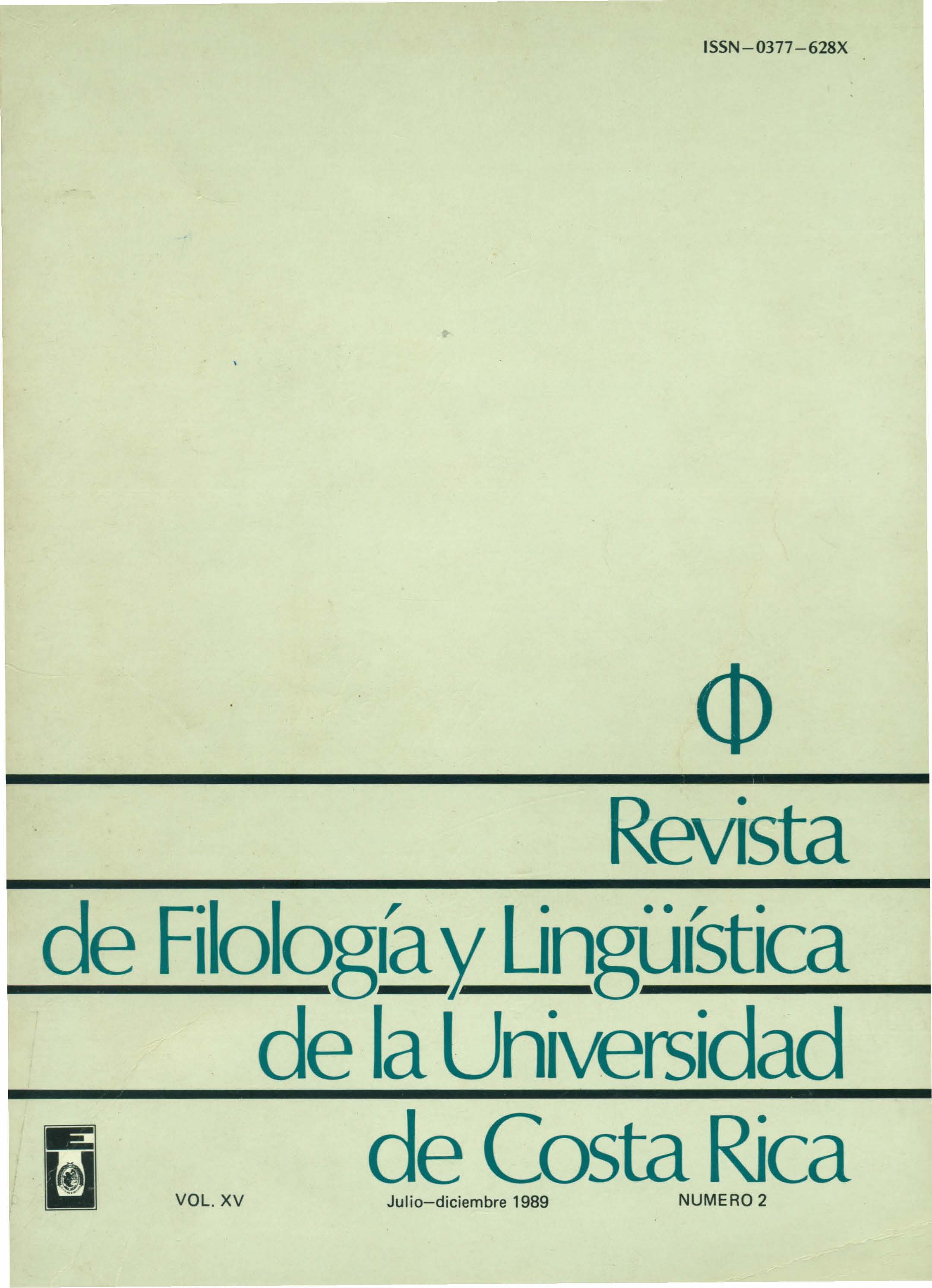Résumé
Eugene O'Neill manifiesta, sobre todo en sus primeras obras, una teoría nietzscheana de la tragedia. En Deseo bajo los olmos, una obra de profundo contenido telúrico, anciano Cabot, el mismo que Dioniso, desafía el tiempo y se convierte, como el tiempo, eterno. En este sentido, Deseo bajo los olmos es una celebración de la vida, un rotundo "¡Sí!" he aquí el destino y para un renacimiento nacido del fracaso y auto -Destrucción. Mito y realidad se pierden en un laberinto de simbolismo para engendrar fiesta y ritual. Por último, en este juego O'Neill transmite un mensaje extraño de la redención que es perceptible sólo a través de la estética de Nietzsche, nunca a través de un punto de vista convencional de la moralidad.
Eugene O'Neill manifests, particularly in his early plays, a Nietzschean theory of tragedy. In Desire under the Elms, a work of deep telluric content, old man Cabot, the same as Dionysus, defies time and becomes, like time, eternal. In this sense, Desire under the Elms is a celebration of life, a resounding "Yes !" lo destiny and to a rebirth born of failure and self -destruction. Myth and reality lose themselves in a labyrinth of symbolism to engender celebration and ritual. Finally, in this play O'Neill conveys a bizarre message of redemption which is perceptible only through Nietzschean esthetics, never through a conventional view of morality.
Références
Barret, Clark. O'Neill: El Hombre y su Obra. Trans. Manuel Barberá. Buenos Aires: Editorial Nova, 1945.
Brashear, William. The Gorgon' s Head. Georgia: The University of Georgia Press, 1977.
Caputi, Anthony. Modern Drama. New York: Appleton-Century-Crofts, 1964.
Charbrowe, Leonard. "Dionysus in The Iceman Cometh". Modern Drama, Feb., 1962.
Mircea, Eliade. Myths, Dreams, and Mysteries. Trans. Philip Mairet. London: Collins Clear-Type Press, 1960.
Fink, Eugene. La Filosofla de Nitzsche. Trans. Andrés Sánchez Pascal. Madrid: Alianza Editorial, 1966.
García, Antonio. "El Problema del Eterno Retorno de Federico Nietzsche". Estudios Filosóficos, XX (1971),pp. 570-74.
Meyers, Ray. "O'Neill's Use of Phedre Legend in Desire Under the Elms", Revue de Literature Comparée XLI, Jan-March 1961, pp. 120-25.
Merril, Reed. "Zorba The Greek and The Nietzschean Nihilism". Mosaic VID, 2 (1975), pp. 110- 115.
Nietzsche, Friedrich. En Torno a La Yoluntad de Poder. Trans. Manuel Carbonell. Barcelona:Ediciones Península, 1973.
___ o The Birth of Tragedy. Trans. Clifton P. Fadiman. In The Philosphy of Nietzsche. New York: Random House, Inc., 1954.
___ o Thus Spake Zarathustra. Trans. Thomas Common. In The Philosophy of Nietzsche. New York: Random House, Inc., 1954.
O'Neill, Eugene.Desire Under the Elms, in Modern Drama. Anthony Caputi, ed..,New York: Norton Critical Edition, 1966, pp. 225-69.
Térnqvist, Egil. "Nietzsche and O'Neill: A Study in Affmity". Orbis Liuerarum xxm, 2 (1968), pp. 97-126.
Tümqvist, Egil. "O'Neill's Lazarus: Dionysus and Crist". American Literature 41, 4 (1970), pp. 543-53.

